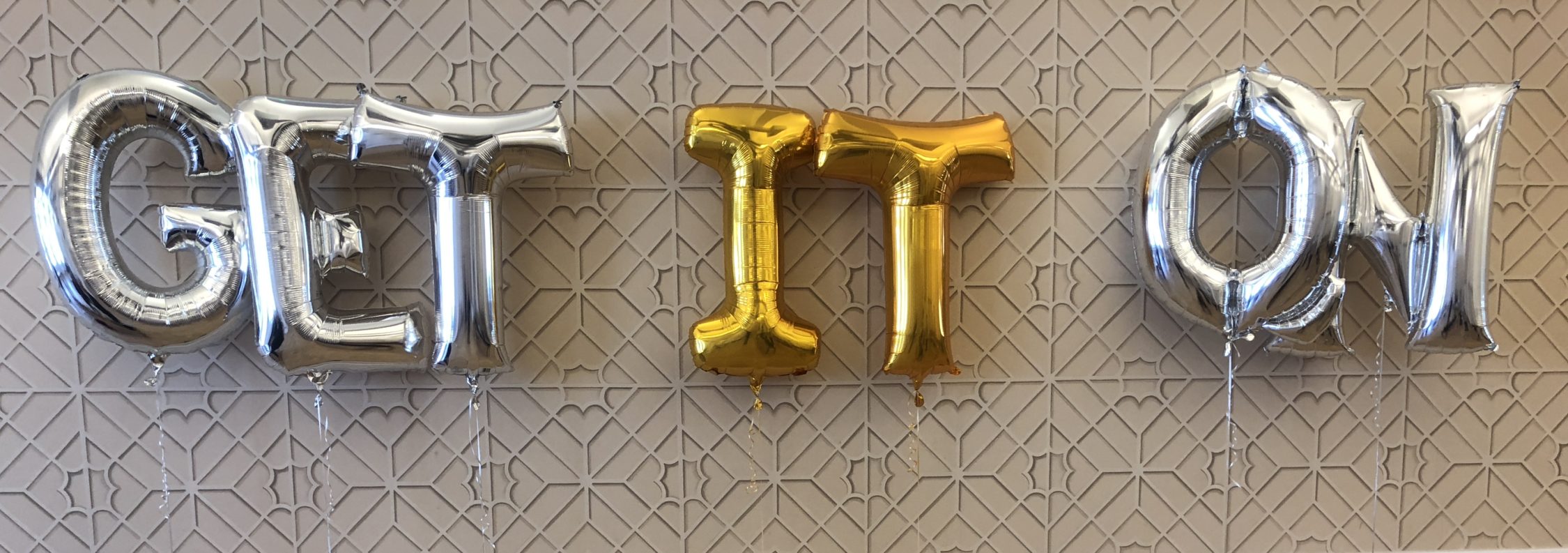
Get It On: Germany’s talent contest
This is a piece I wrote for The Buyer, after tasting everything on offer at the Wines of Germany ‘Get It On’ event. All the wines are looking for a UK importer and, based on the quality and price, it won’t be long before you can pick these wines off the shelves, I hope. In the meantime, it’s worth a trip to Germany!
We’re all familiar with big tastings, but this one felt a bit different; more like speed dating. Why? Because the stakes were higher: 156 different wines being flaunted, all looking for a partner.
Wines of Germany has had plenty to crow about lately, with its PR agency Phipps picking up the ‘Consumer Campaign of the Year’ trophy at this year’s IWC Awards for the excellent ’31 Days of Riesling’ campaign.
… “Get It On’ is intended to be a call to action …
Beyond making us love Riesling, that tragically underappreciated grape, Wines of Germany also wants more of the country’s wines on lists, and on the shelves, hence the absence of subtlety for this campaign: ‘Get It On’ is intended to be a call to action.
There is a palpable sense of frustration that high quality, reasonably priced wines are not always punching through as they should. For marketing manager Michael Schemmel there was one simple goal: “We aim to support producers who want to be in the UK market and we need to pair them with buyers who need these wines”.
Since it launched four years ago, the annual Get It On campaign has helped more than 30 producers find listings in the UK market. This year, almost 100 entered, with their wines being blind tasted by an expert industry panel, to choose those worthy of going on show. Those producers selected were then invited to submit two further wines, to give a broader sense of their portfolios.
Chinatown’s Moonchu Hall was chosen to host the event, with the tasting subdivided by variety and price bracket. Organic wines were clearly indicated, as were those produced by a member of ‘Generation Riesling’, officially defined as “representative of a well-educated, internationally oriented and ambitious younger generation up to the age of 35”, which rather rules out any chance of a misspent youth for these determined young German winemakers.
“A new generation of young winemakers are going back to their roots, returning to how their grandfathers made wine”, Schemmel told me, “but often they are making wine outside the VDP classification system”.
… So what were my favourites?
I could have chosen many more than ten, but here are those I rated the highest, across the categories (prices are in Euros ex cellar, as these wines are all in need of an importer):
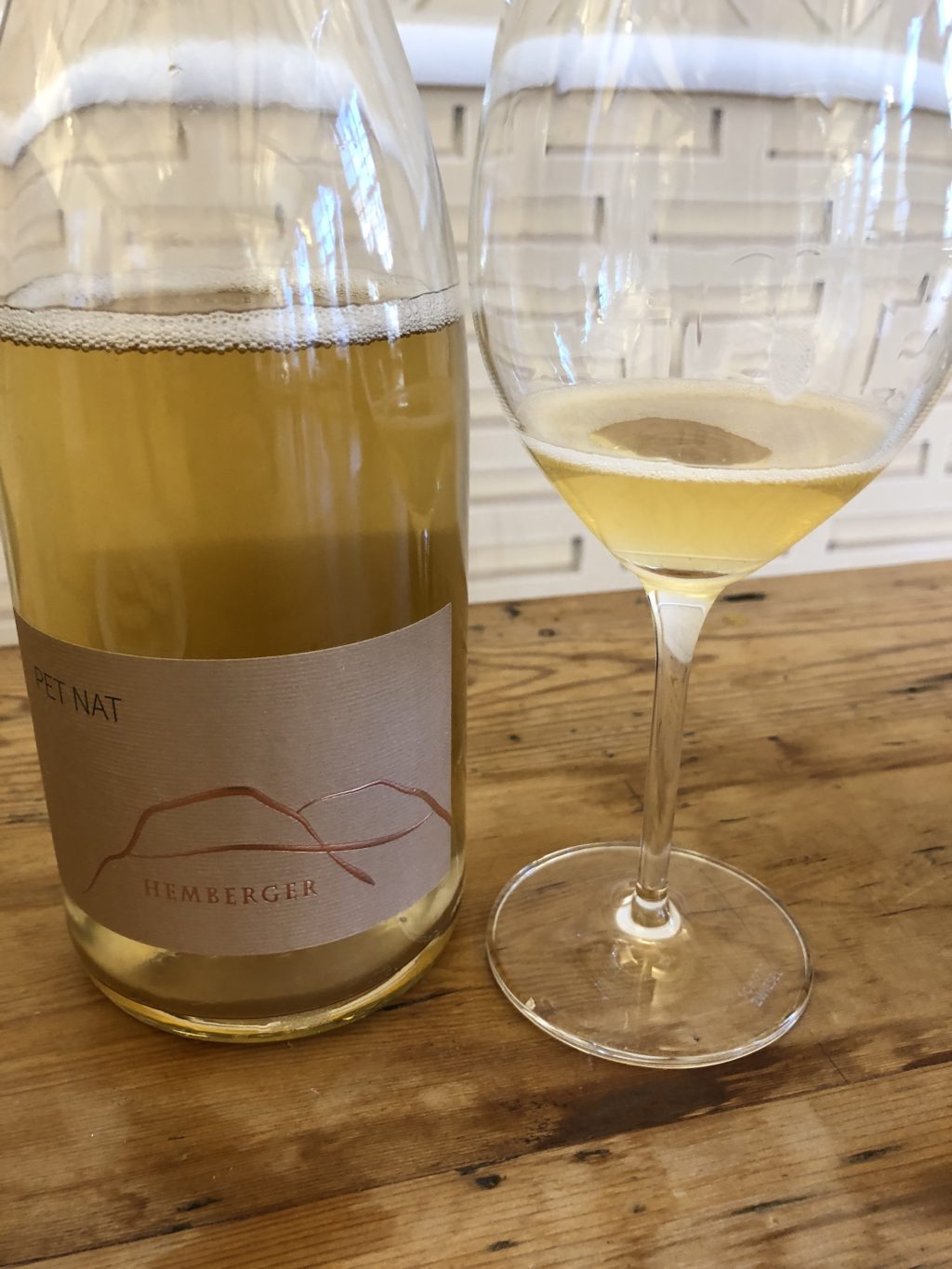
There was a relatively small selection of Sekt and I’m a Pet Nat nut, so this was an easy win for Hemberger Franken NV Pet Nat Silvaner (€7.50 ex cellars), from a member of the aforementioned ‘Generation Riesling’. This was young, fresh and funky, with cinnamon-baked pear, shiny red apple, a refreshing yet calm, frizzante-style mousse and a tantalising hoppy undercurrent. As ever with Pet Nat, it’s unusual, delicious and a perfect pairing for dim sum. If I could have walked out with a bottle, I would have done!
In the ‘Pinot Blanc under €5’ category, Frey Rheinhessen 2017 Weißer Burgunder (€4 ex cellars), certified organic, was showing well, with struck match and flint adding interest to the nose. Slightly big at 13% alcohol, the relatively rich tropical texture, with pineapple and ripe melon, and 4.9g/l of residual sugar, was nicely balanced by fresh acidity. A good match for fleshy grilled prawns.
The contenders were stronger on the €5-€10 table, with Heitlinger Baden 2017 Pinot Blanc (€6 ex cellars), certified organic, narrowly my favourite, thanks to a very pretty nose of apple blossom, a plump, rounded palate of ripe red pear, greengage and a hint of something tropical, restrained at 12% ABV, well balanced with a lengthy finish and an obvious suitability for delicate Asian food.
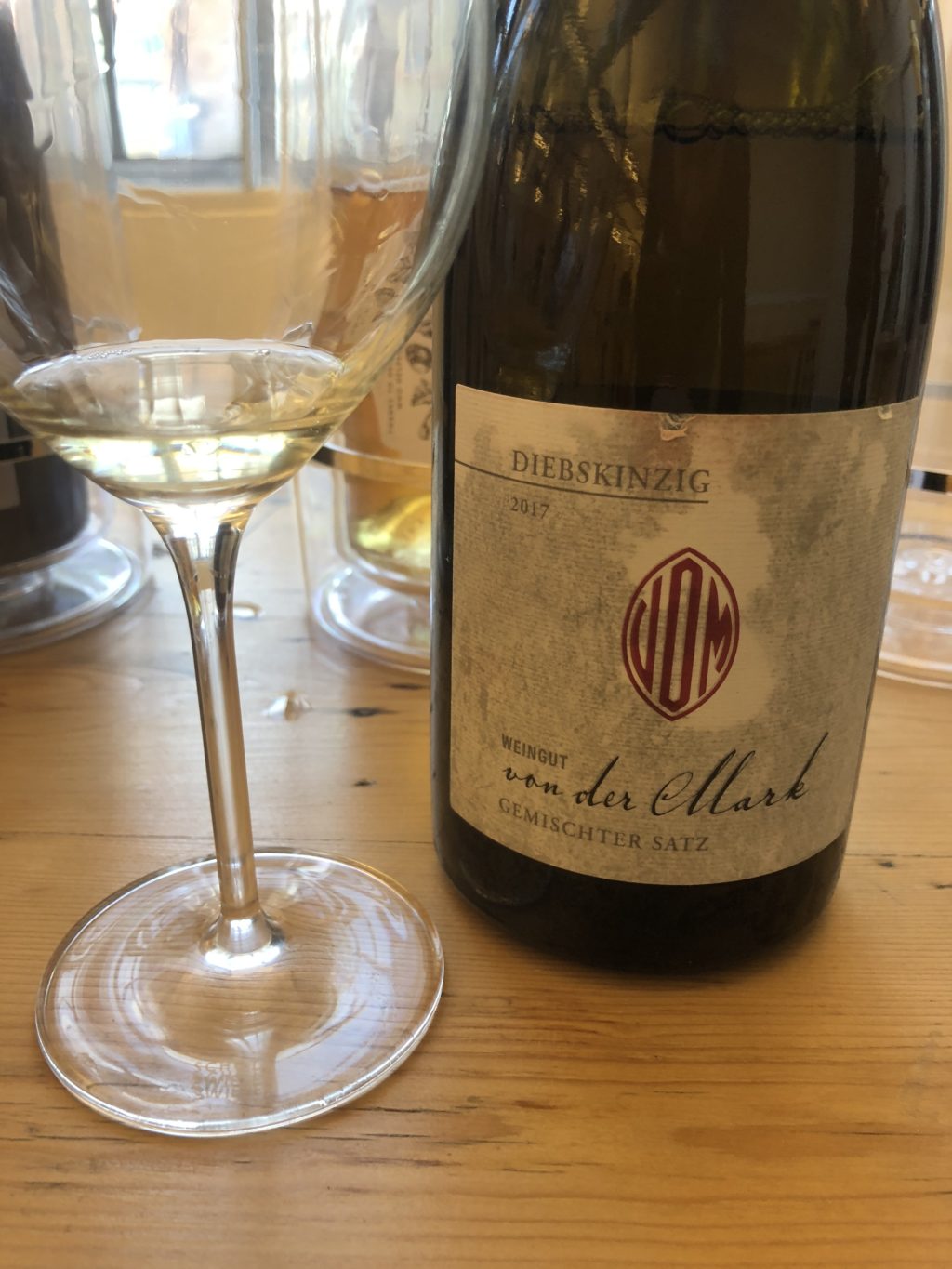
It feels almost cruel to put a fascinating field blend (for the uninitiated, that’s a wine made from a mix of different varieties, all grown together in the same vineyard) into the slightly ignominious ‘other white’ category, but where else would it go? Jurgen von der Mark 2017 Diebskinzig from Baden (€8 ex cellars) was as intriguing as Gemischter Satz gets, with a nose of lemon and sage, complex flavours of citrus and herbs, some tension and a gentle saline twist. If it sounds a bit like stuffing, then it was all the better for it. Perfect for a Sunday roast chicken, this would be very versatile.
Also sitting with those ‘others’, Divino Nordheim Thüngersheim, Franken, 2015 Charakter F Silvaner Nordheimer Vögelein (€13 ex cellars) neatly demonstrated how terrifying German wine labels can look to the consumer. This was more than a metaphorical mouthful, however, with an invigorating, slightly smoky nose of ripe apple and a lovely juicy palate, underpinned by zippy acidity and wet stone, all doing great service to the reputation of the much-maligned Silvaner.
Talking of maligned, there was a criminal amount of Riesling in the ‘under €5’ category. It deserves much better, especially Schmitges Mosel 2017 Grauschiefer Riesling (€4.50 ex cellars), with its zippy lime sherbet, Granny Smith apple and firm green fig character, richness, precision and length, this was surely the biggest bargain in the room.
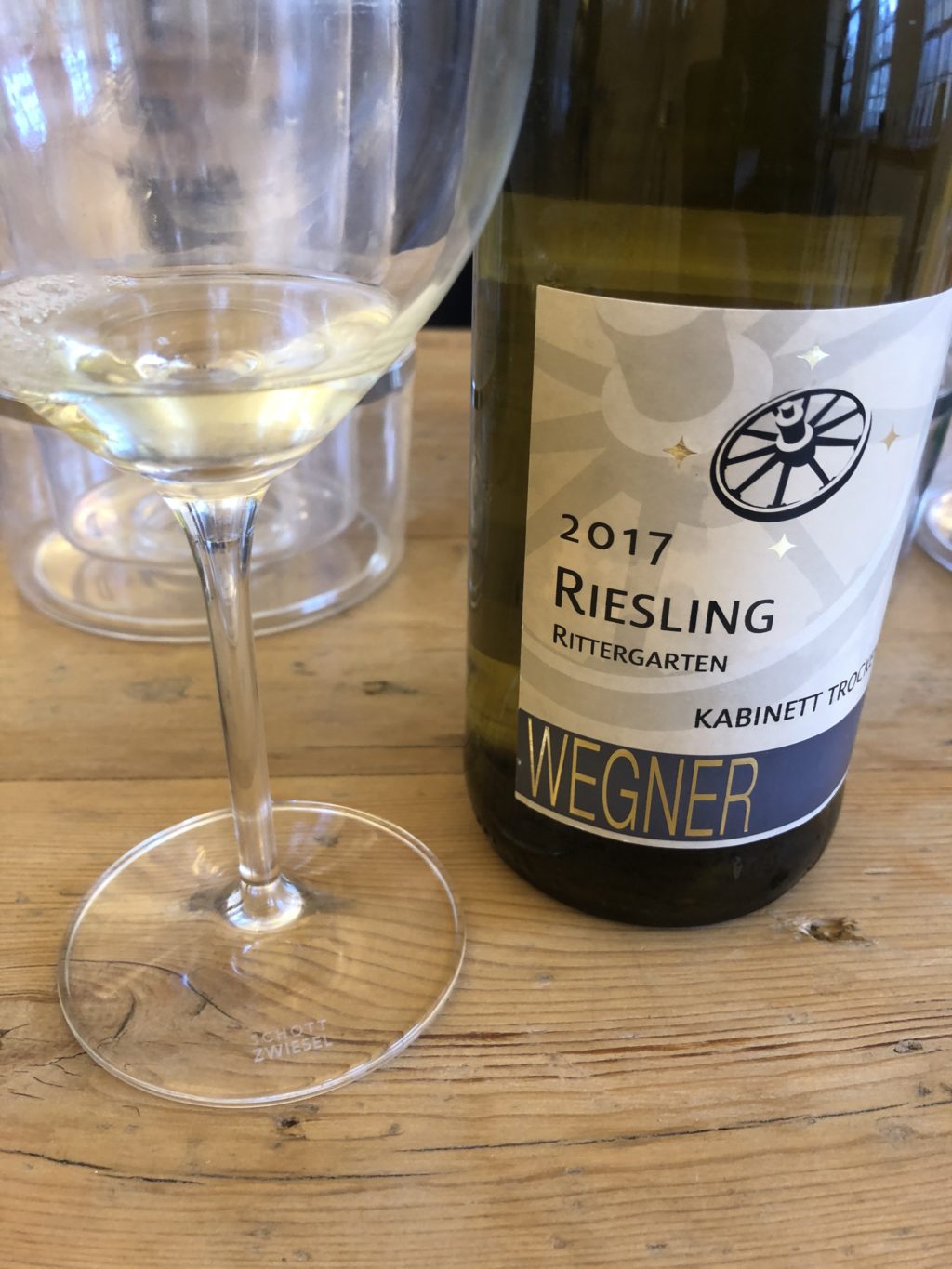
Competition was intense above €5, with my top marks going to Karl Wegner Pfalz 2017 Dürkheimer Rittergarten Riesling Kabinett (€7.50 ex cellars), a classic Pfalz Riesling at 12.5% ABV, with lip-smacking lime zest and lemon balm, this was as bright as a button, crisp and complex, making it perfect for rich spicy Asian dishes, but also a pleasure on its own.
I’m generally no fan of cheap Pinot, so I was slightly sceptical about the ‘Pinot Noir under €10’ offer. Many of these wines were tasting a bit too much like Black Forest gateau, but – in fairness – that had more to do with temperature: they all needed a gentle chill. Martin Maßmer, Baden 2016 Margräflerland Spätburgunder (€6 ex cellars) offered a breath of fresh air that belied its 13.5% ABV, with light, perfumed raspberry and red cherry, soft supple tannins and a pleasingly tart finish.
Anyone who doubted Germany’s ability to deliver affordable Pinot Noir really needed to hop to the next table, where a stellar selection of wines between €10-€15 offered a vinous beauty pageant. Ahrweiler Winzer-Verein, Ahr 2016 Rosenthal (€10 ex cellars) was the best of a brilliant bunch, with perfumed, perfectly poised morello cherry, a sprinkling of white pepper, soft, supple tannins and a blissful sense of playful energy that danced through to the finish. It’s madness to think that it is still looking for a UK home.
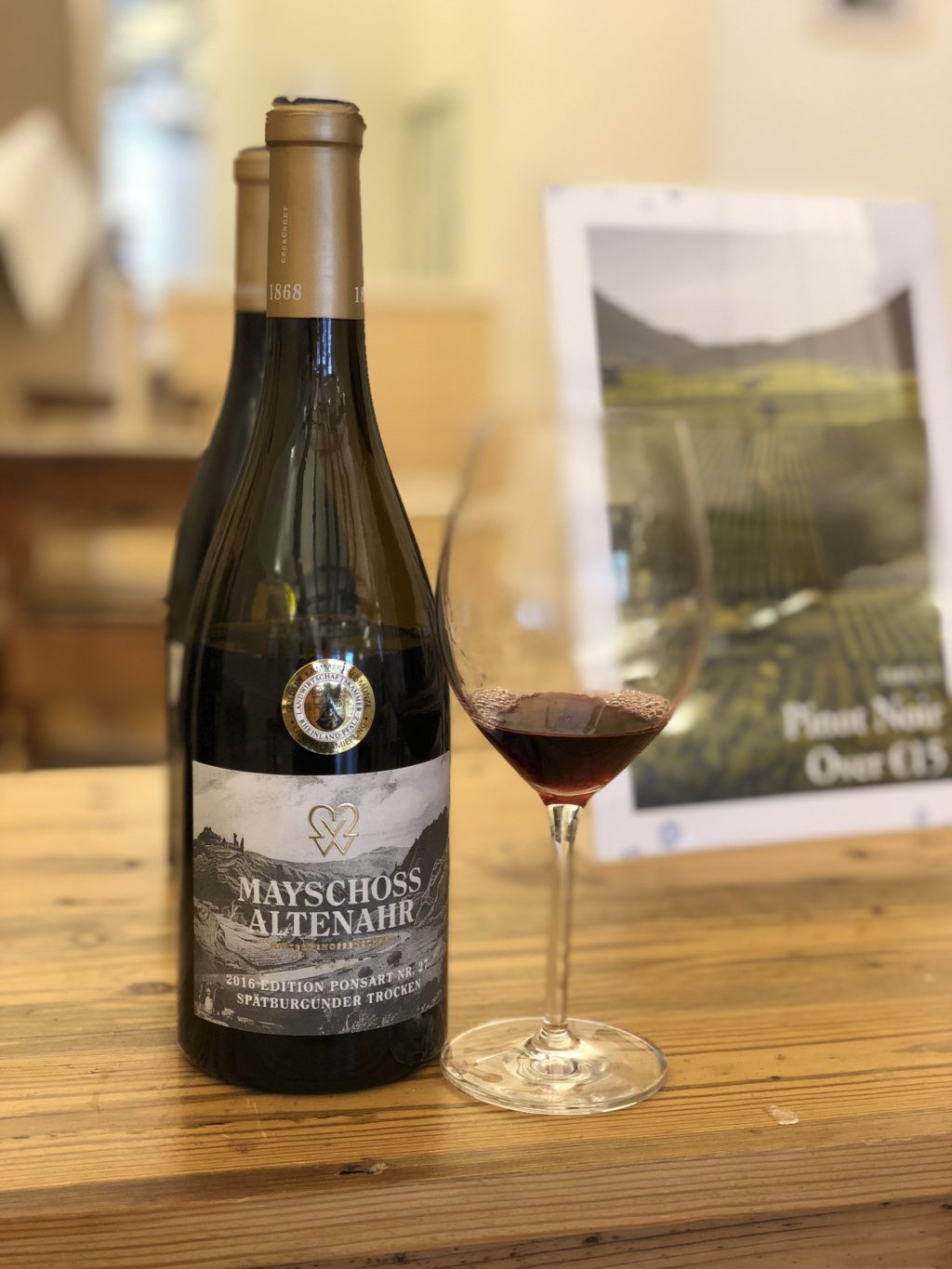 Must
Musttry
Finally, my pick of the reds, for quality and value combined, Mayschoss Altenahr, Ahr 2016 Edition Ponsart Nr 27 (€16 ex cellars), certified organic, with apple and blackberry crumble on the nose and a dusting of black pepper, crunchy black cherries and berries, light summer meadow herbs, firm but smooth grip, exquisite balance and general moreishness, this would be just the ticket for a Christmas turkey dinner.